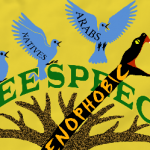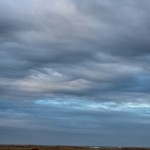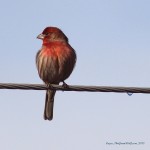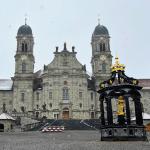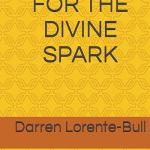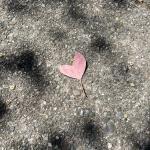Many people have become aware of Canada’s historic elections this past Monday, October 19th, and gushed about our new, quite frankly attractive Prime Minister in more ways than one. But one of the major historic events that occurred this election that deserves attention was the record breaking number of First Nations (Canada’s indigenous peoples) voters and elected Members of Parliament.
This is a huge deal because it has been a contentious issue among the First Nations because of a concern that if they voted in our elections, then that could mean that they’d lose any form of recognized sovereignty, because they’d be seen as participating as Canadians. Well, thanks to our previous Prime Minister Stephen Harper, the First Nations peoples had enough of our politics and came out in droves, along with a lot of vexed Canadians with them in their own record breaking numbers. 68% of eligible voters cast their ballots, not including those who registered that day, and many places had a lot higher turnouts – this is the highest its been since 1993, and a jump of more than 11.5% since the last election.
For First Nations, its projected to be the highest turnout ever with reports of 11,000 new voters, with at least six First Nations polling stations running out of election ballots, and aboriginal voting was up by as much as 20% in some ridings. The First Nation peoples really did as their community campaigns called for – They Rocked The Vote.
Many are rightly enthused by this, and have realized how much they can really impact Canadian politics with their votes. Especially since this election has resulted in the historic number of 10 elected aboriginal Members of Parliament from a record-breaking 54 indigenous candidates running for office; each having strategically run in one of the 51 swing ridings identified by Assembly of First Nations Chief Perry Bellegarde where he said the aboriginal vote could make a difference between a majority or minority government. And did it ever, to the point that the media following the election was caught by surprise with how well the Liberal government did. Leaving no doubt the First Nations voters were a key component to the Liberal win.

While watching the “Extended: ‘Our people have spoken'” video in the CTV news report, I really liked what Grand Chief Derek Nepinak of the Assembly of Manitoba Chiefs had to say about it now being imperative to tackle what it means to be a Nation for First Nation peoples in order to really move forward in working between the First Nation peoples and the Canadian Government.

Its an issue that isn’t so clear cut currently and I believe that this topic is at the core of a bright future for all the peoples, Canadians included. I really like the original concept of what land ownership (if you could call it that) meant before European Settlement that were at the core of the initial relations between the indigenous people and European settlers. Community management of lands where no land was the sole property of anybody, it was everybody’s land and your living space was respected as the space you occupied, but the land use was still a community concern.
Our legal system today has a lot of regulations that are progressive in having similar views in what people can do with the land they legally own under Canadian law, unlike how it was in the past. I believe there can be a balance of private rights where you have rights to manage the land you occupy as you see fit within the boundaries of the health of the ecosystem and safety, and how you have a right to not have others you do not wish on that land to be there and do what they want with it. The question becomes how much land is too much land for someone to own and not let others use it?
There are people who are “land rich” and don’t even use that land for anything and denying others from using it, and I find that is in the very least questionable, at most abusive. Especially while there are others in the area that are land poor who are denied access to land, who cannot hunt, fish, gather or grow their own food. I believe that being able to do those things is a human right, and that public land should be accessible to all people and the only limit to that access is some form of accountability for abusing the land. Such as mandatory community service before being permitted to use the public land again. With human populations being so immense it currently makes more sense to have the public land option than for everybody to have their own little bit to manage. That is why I like community gardens which I believe should be furthered to become an innate feature of living in a community, not a privilege. That public lands should be more than ‘crown land’, but be community land – much like how the original ‘nations’ had operated.
This can be done today so that local communities manage the land and are aided by the provincial and federal government to ensure responsible management and provide support for improving the health of the land. It would be ideal for all communities to have immediate walkable access to these public lands. As it is, most of these lands are either too far away, do not allow hunting, fishing, or gathering, or cost money. Public lands are supposed to belong to the people and our current structure is denying this human right to many people. Its a disparity that needs to be rectified.







